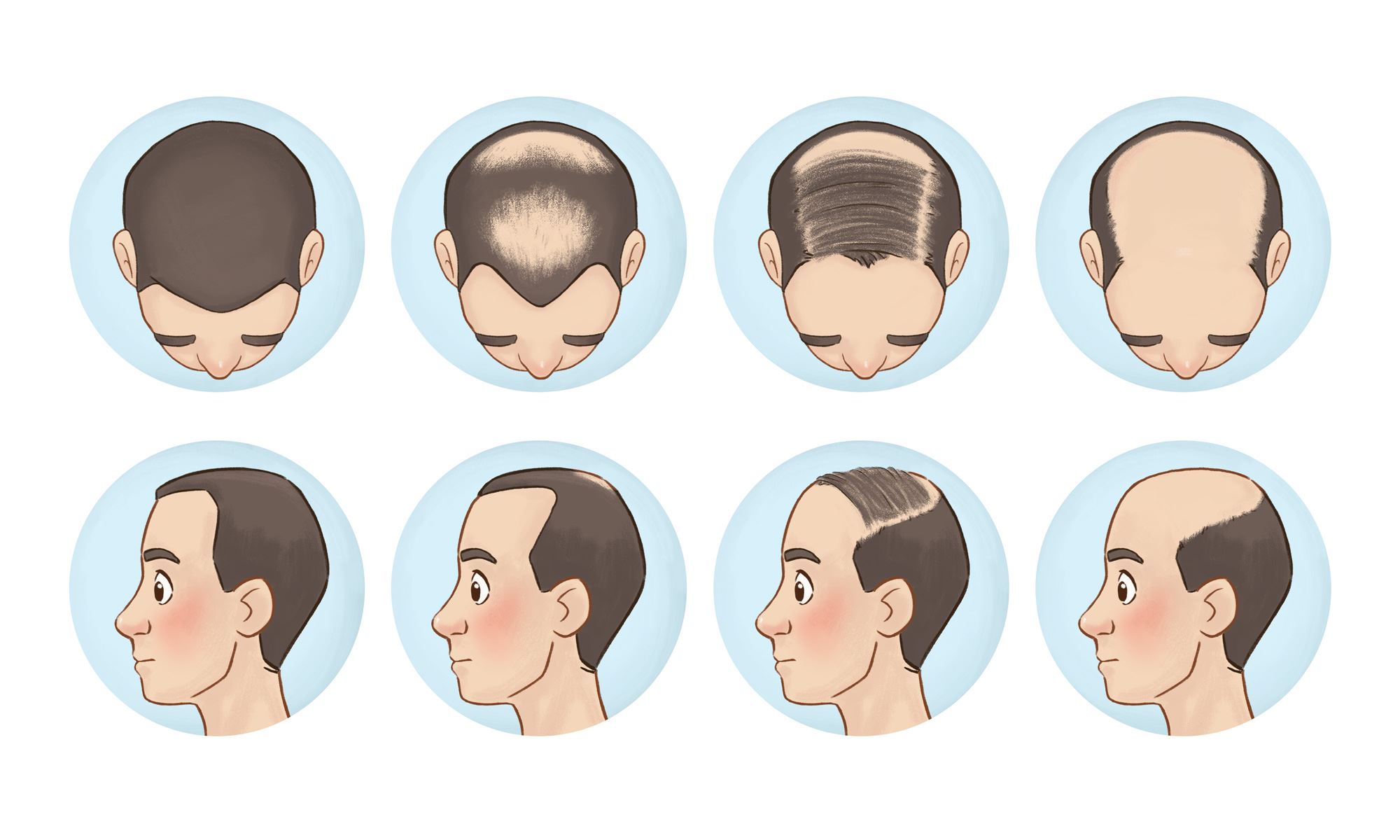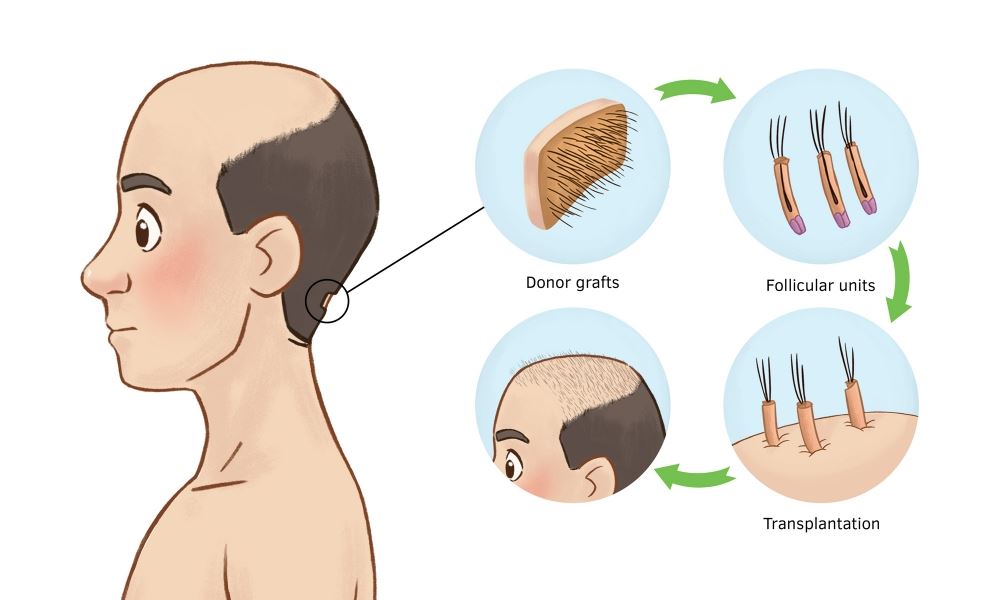
There’s no denying that your crown of glory is your own statement-piece. Your hair is a part of how you want to be physically perceived. So when trouble sets foot on your scalp and in your hair follicles, it’s tough to be as confident as you should be regardless.
Male pattern baldness has been, and still is, a stigma that seems to cripple self-esteem. And we understand just why. Because of this, here are a few FAQs you should know about hair loss, along with where to find the right treatment when you click to Numan.com.
An Overview Of Male Pattern Baldness
Male pattern baldness is often a result of none other than genetics. More often than not, your father, and his father, and his father’s father before have gone through the same hair-raising (or rather, hair-thinning) dilemma.
And it’s not just your clan. About 25% of the male population across the globe go through premature balding. On the other hand, when men reach the age of 50 and above, 60% of them will see either a receding hairline at the frontal region (forelock), mid-scalp, the vertex, and the crown (hence the phrase used in the first paragraph of this post).
What Happens In Male Pattern Baldness?
The scalp, more specifically the roots of each hair follicle weakens as a result of genetics and/ or ageing. In the degradation of the hair cycle, said weakening will cause the follicles themselves to shrink in size. When this happens, strands that grow become finer and thinner. In time, these will grow shorter as well, until thinning turns to no-hair-growth. Zero. Nada. Hence, balding.
Balding that’s passed on through genes does not have any negative impact on your overall well-being. However, balding that has no linkage to genetics may sometimes be due to serious health conditions. Studies show that thyroid diseases, cancers, and even types of anabolic steroids and prescribed medications can quicken the speed of male pattern baldness.
How Is Male Pattern Baldness Classified?
The Hamilton-Norwood scale is the leading classification used to measure the extent of male pattern baldness. Men typically lose their hair in one of several common patterns over the course of many years . The Norwood scale provides easy to understand images that indicate different stages of balding.
Stage 1. There is a lack of bilateral recessions along the anterior border of the hairline in the frontoparietal regions. No significant hair loss or recession of the hairline.
Stage 2. There is a slight recession of the hairline around the temples
Stage 3. The first signs of significant balding appear. There is a deep, symmetrical recession at the temples that are only sparsely covered by hair.
Stage 3 vertex. The hairline stays at stage 2, although there is notable hair loss on the crown of the scalp (the vertex).
Stage 4. The hairline recession is harsher than in stage 2, and there is scattered hair or no hair on the vertex. There are deep frontotemporal recessions, usually symmetrical, and are either bare or very sparsely covered by hair.
Stage 5. The areas of hair loss are more significant than in stage 4. They are still divided, but the band of hair between them is thinner and sparser.
Stage 6. The connection of hair that crosses the crown is gone with only sparse hair remaining. The frontotemporal and vertex regions are joined together, and the extent of hair loss is more significant.
Stage 7. The most drastic stage of hair loss, only a band of hair, going around the sides of the head persists. This hair usually is not thick and might be dainty.

Through a medical exam. Doctors who specialize in this field conduct medical examinations and review your medical history to narrow down its sources, in order to diagnose your male pattern baldness correctly.
You should note that besides the symptoms mentioned above, disorders or imbalances in nutrition and fungal infections might also be the underlying reason behind hair thinning and hair loss. Next, a biopsy may be required, alongside blood tests, especially if the balding spots incur rashes, dryness, flaking, peeling, redness, and other scalp irritations.
Treatment For Male Pattern Baldness

Although hair loss is very much a natural phenomenon in that your genes or your age are uncontrollable factors, there are treatments that can help in strengthening your scalp’s roots. One such compound is Minoxidil. It aids in thickening hair strands over areas of your head that still have working hair follicles.
In many cases, it only thickens individual strands so that they become stronger and less prone to breakage. That said, there are a few who have tried hair products that contain Minoxidil and have witnessed the reducing of their bald spots. It’s, then, safe to say that results may vary per user.
Nonetheless, you can go ahead and consider such products to bring back the lustre, bounce, and overall health of your hair strands and battle male pattern baldness.



















